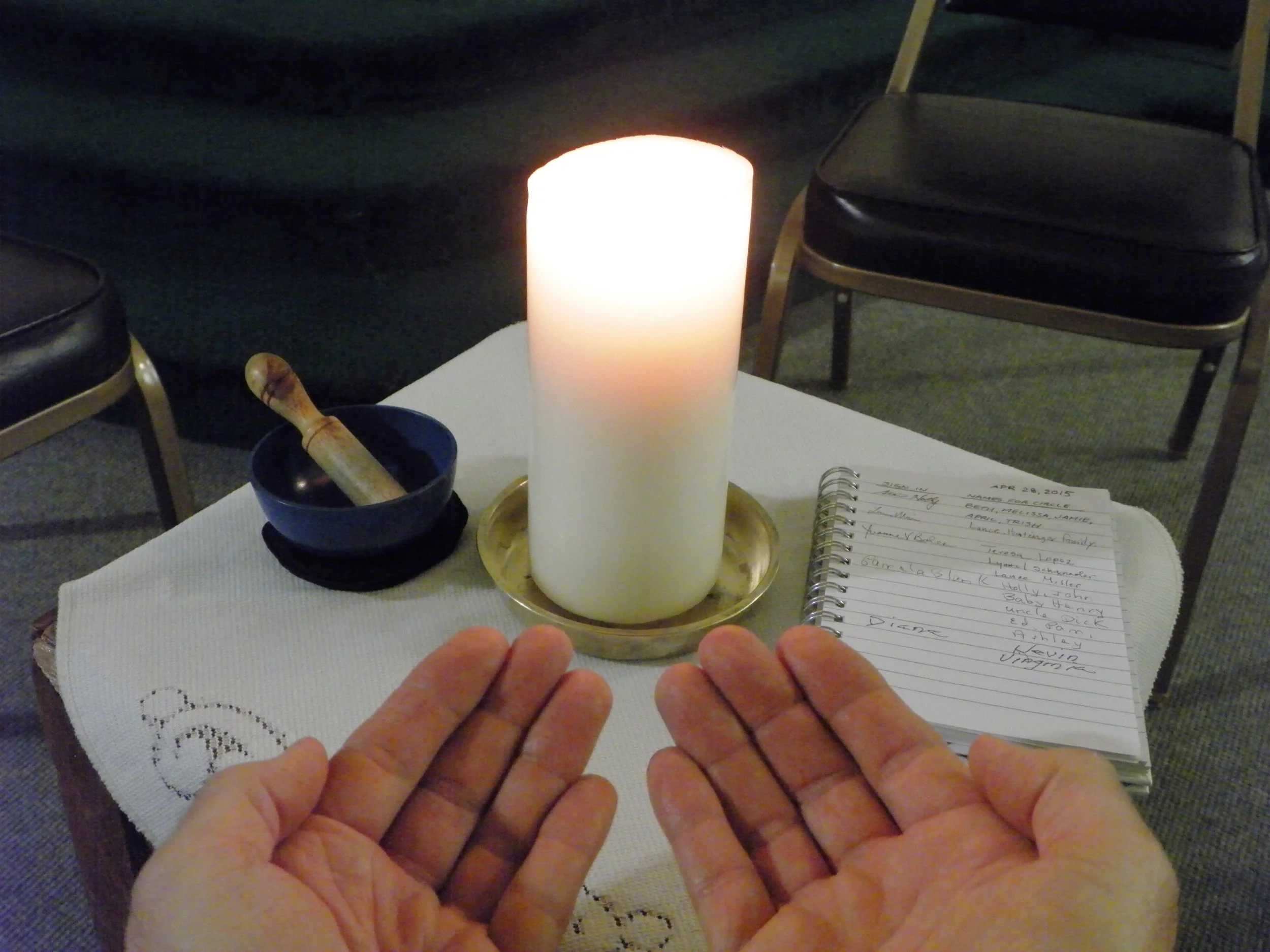Historic Ramblings: East Bay Skies
/Look, up in the sky, it’s a bird, it’s a plane, it’s super…. nope, it’s probably just a plane! Seeing the steady stream of evenly spaced passenger aircraft lined up over Mission Peak on final approaches to busy Oakland Airport, I’m reminded that the skies over the East Bay have been the scene of many forms of flight since the mid-1800’s. Hot air balloon ascensions, experimental aircraft, gliders and daring barn stormers thrilled crowds at the turn of the last century. The Navy airships Akron and Macon based at nearby Moffett Field were a common sight over the South Bay. China Clipper seaplanes based at Treasure Island in San Francisco Bay made the first commercial flights to Hawaii. Charles Lindbergh and Jimmy Doolittle always created a stir when landing at nearby Oakland Airport, and was the departure location for Amelia Earhart’s fateful flight. World War I Ace Eddie Rickenbacker once landed his squadron of biplanes in a vacant field in Irvington.
Local residents were probably most aware of the busy skies during the war in the early 1940’s with the arrival of a squadron of US Army’s P-38 Lightning aircraft assigned to Hayward for use in training combat pilots and defending the region from a potential attack. The unique distinctive twin engine pod design and central single seat cockpit aircraft were easy to hear and easier to spot. The P-38 was developed for the United States Air Corps as a fighter-bomber for use as long range escort for medium and heavy-duty bombers, aerial reconnaissance missions, as well as for combat roles against enemy aircraft.
The United States entered World War II before the City of Hayward could move forward with plans to build a municipal airport on land at the intersection of Hesperian and Russell Road (now Winton) purchased in 1939. The US Army took control over more than five hundred acres of the former tomato fields in 1942 and built two parallel paved runways, offices, storage sheds and barracks for the Army’s 355th Fighter Squadron. The airfield was declared surplus at the end of the war and was turned back over to the City of Hayward in 1947. The skies remained busy when the California Air National Guard moved to adjacent land for the home of the 61st fighter Wing in 1949 and served various flight training functions up until 1980.
The East Bay continues to make a significant impact on regional aviation with Oakland and nearby San Jose International Airports serving millions of passengers annually. The Hayward Executive Airport is a busy hub for private pilots as well as for commercial enterprises including charter flights, medical transport, courier services and Bay Area traffic monitoring.
Federal Aviation Administration’s Oakland Air Route Traffic Control Center in the Centerville District of Fremont, one of twenty two control centers in the United States, is responsible for the sequencing and separation of arrivals, departures and routes of flights assuring safe and orderly flow of aircraft over sections of California and Nevada, while the adjacent Oceanic unit manages international flights over huge portion of the Pacific Ocean air space, the largest in the world covering nearly 10% of the Earth’s surface.
Yeah, my guess it’s probably a plane.














